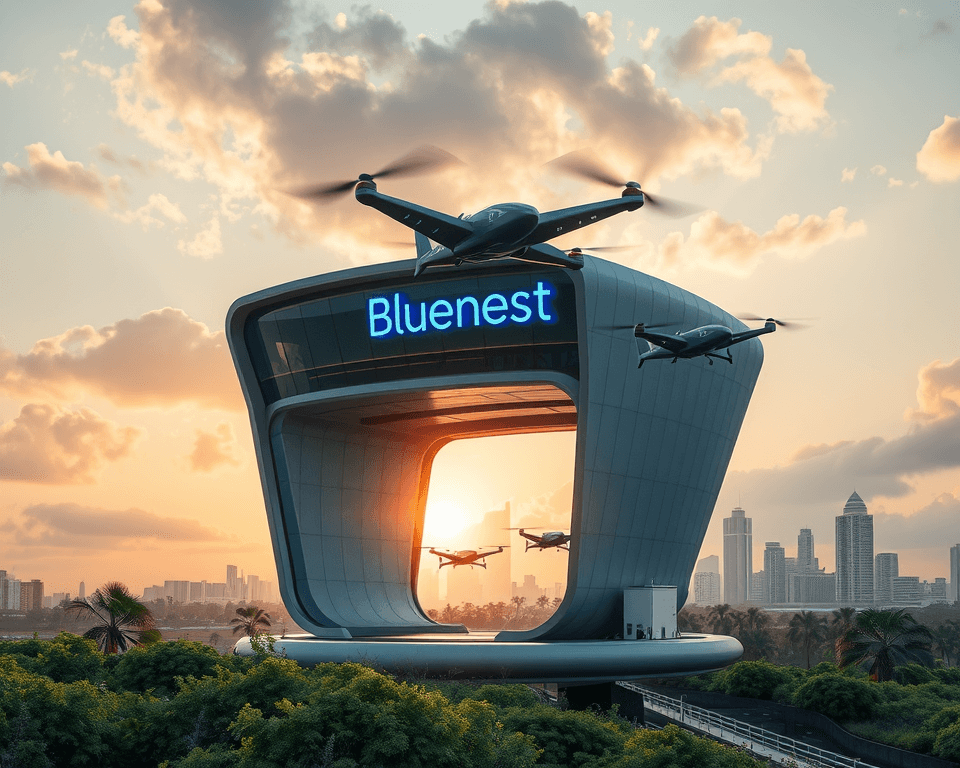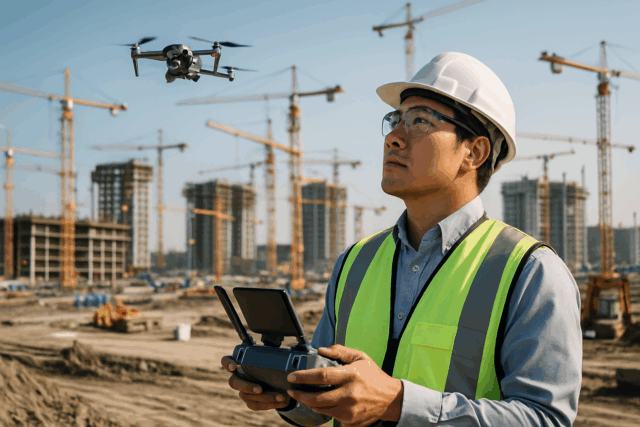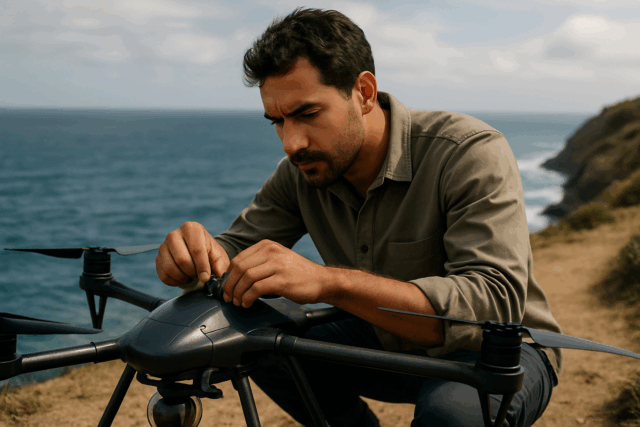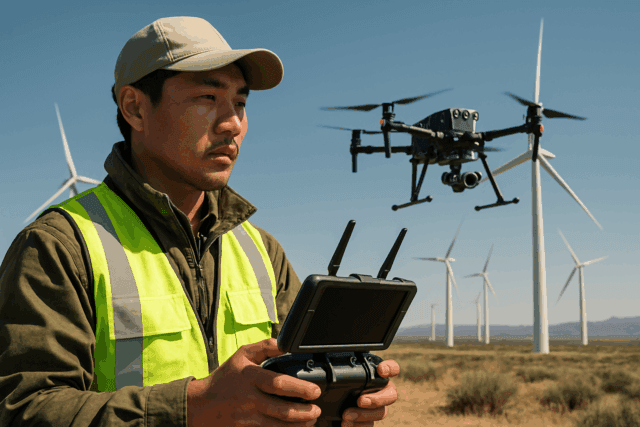The future of urban mobility is rapidly evolving, and at the forefront of this transformation is the development of electric vertical take-off and landing (eVTOL) aircraft. These innovative vehicles promise to revolutionize how we travel within and between cities, offering a faster, more sustainable, and efficient alternative to traditional transportation methods. However, the successful integration of eVTOLs into our daily lives hinges on the establishment of a robust and reliable infrastructure network, and that’s where Bluenest by Globalvia steps in.
Bluenest by Globalvia: Pioneering the Vertiport Revolution
Bluenest by Globalvia is a leading company dedicated to designing, constructing, and operating vertiport networks – the essential infrastructure hubs for eVTOL aircraft. As the Advanced Air Mobility (AAM) division of Globalvia, a multinational corporation managing transport infrastructure concessions and mobility services across various countries, Bluenest is uniquely positioned to drive the future of air mobility.
Established in Spain in 2021, Bluenest envisions air mobility as a natural extension of Globalvia’s existing ground-based transportation services, which include highways, railways, buses, metro, and trams. Recognizing the limitations and environmental impact of traditional infrastructure development, Bluenest champions eVTOL technology as a sustainable alternative, particularly for connecting remote areas.
What Exactly is a Vertiport?
A vertiport is a specialized take-off and landing facility designed specifically for eVTOL aircraft. These vertiports must adhere to stringent drone safety and airspace regulations to ensure safe and efficient operations. Bluenest, in collaboration with renowned architect firm Luis + Vidal and partners, has designed over 30 different vertiport configurations to accommodate a wide range of use cases.
Key features of a vertiport include:
- Landing and Take-off Pads: Designated areas for eVTOLs to safely land and take off.
- Passenger Terminals: Comfortable and convenient spaces for passengers to board and disembark from aircraft.
- Charging and Maintenance Stations: Essential facilities for keeping eVTOLs operational and ready for flight.
- Air Traffic Control and Safety Systems: Advanced technologies to manage air traffic and ensure the safety of all operations.
The Vision of Bluenest: Connecting Land and Sky
Bluenest’s core mission is to seamlessly connect land and sky by managing and operating vertiport networks. These networks serve as multimodal spaces, enhancing the well-being of urban populations by offering public green mobility solutions. Bluenest’s vertiports are designed to integrate various modes of transportation, including scooters, motorcycles, and electric vehicle charging stations, creating a comprehensive and sustainable mobility ecosystem.
Use Cases for Vertiports: Transforming Transportation
Bluenest focuses on a variety of vertiport applications for both passengers and cargo, including:
- Panoramic and Tourist Flights: Sightseeing tours offering unique perspectives of urban landscapes and natural wonders.
- Emergency Services: Rapid transportation of medical personnel and equipment for critical situations.
- Airport Shuttle Services: Efficient connections between airports and urban centers, reducing travel time and congestion.
- Intra- and Intercity Flights: Seamless travel within and between cities, offering a convenient alternative to traditional transportation methods.
Currently, Bluenest’s immediate priority lies in transporting medical cargo for emergency services, with plans to expand vertiport use to passenger transport and other emergency applications in the future.
Where Will You Find Bluenest Vertiports?
Bluenest operates internationally and is targeting multiple countries in Southern Europe and Latin America. The company is currently focusing on cargo transport vertiports near ports in Spain, including Sevilla and the Canary Islands, as well as passenger vertiports in Lisbon. Over time, these vertiports will also be able to accommodate passenger transport.
Bluenest is also actively involved in projects in the United States. In collaboration with Skyway and UrbanLink, Bluenest is working to build an advanced air mobility vertiport network across South and Central Florida, with major hubs in Miami and Orlando. This network aims to transform regional travel, offering fast, sustainable mobility options and enabling economic growth. Commercial operations are slated to commence in late 2026.
The Benefits of Vertiports: A Sustainable Transportation Solution
Vertiports offer a multitude of benefits for both urban and remote areas:
- Reduced Traffic Congestion: Vertiports help alleviate traffic congestion in cities by providing an alternative mode of transportation.
- Improved Connectivity: Vertiports connect people and goods, bridging the gap between urban centers and remote areas.
- Sustainable Transportation: eVTOLs offer a more environmentally friendly mode of transportation compared to traditional vehicles, reducing emissions and promoting cleaner air.
- Economic Growth: Vertiports create new economic opportunities by fostering innovation and attracting investment in the AAM sector.
- Accessibility: Vertiports enable remote areas to be reached more easily and quickly, without the environmental impact of building new roads or tunnels.
Bluenest’s Commitment to Sustainability and Innovation
Bluenest is committed to developing vertiports that are technologically agnostic, interoperable, and environmentally sustainable. The company recognizes the importance of working with multiple vendors and learning from different co-existing technologies to ensure compatibility and flexibility.
Vertiport locations are carefully selected based on various factors, with safety being a top priority. Bluenest ensures that vertiport surroundings are free of obstacles and that emergency landing spots are readily available.
Overcoming Infrastructure Challenges: Power and Charging
One of the key challenges in developing vertiport infrastructure is ensuring an adequate power supply for eVTOL charging. Unlike traditional helipads, vertiports require high-capacity electrical grids to power rapid charging stations. These stations must be capable of charging multiple eVTOLs simultaneously while minimizing downtime to ensure efficient operations.
Bluenest is actively working with local power suppliers to design vertiports that utilize renewable energy sources to power facilities and flight operations, striving for a zero-carbon footprint.
Integrating with Air Traffic Management Systems
Another critical aspect of vertiport development is integration with existing air traffic management (ATM) systems. Given the unique vertical and horizontal movement of eVTOLs within urban environments, traditional ATM systems may not suffice. Bluenest is exploring new technologies, such as UAM-specific traffic management platforms, to ensure safe navigation, collision avoidance, and efficient airspace utilization.
Addressing Regulatory and Compliance Challenges
The development of vertiports also involves navigating complex regulatory landscapes. Authorities need to establish new standards for vertiport design, safety, and operations. Bluenest actively collaborates with aviation regulators, urban planners, and technology providers to develop a unified framework that facilitates eVTOL adoption while ensuring public safety and environmental sustainability.
The Future of Urban Air Mobility is Here
Bluenest by Globalvia is at the forefront of the vertiport revolution, paving the way for the widespread adoption of eVTOL aircraft and the transformation of urban air mobility. By focusing on innovation, sustainability, and collaboration, Bluenest is creating the infrastructure necessary to connect cities, places, and people seamlessly, ushering in a new era of transportation.





